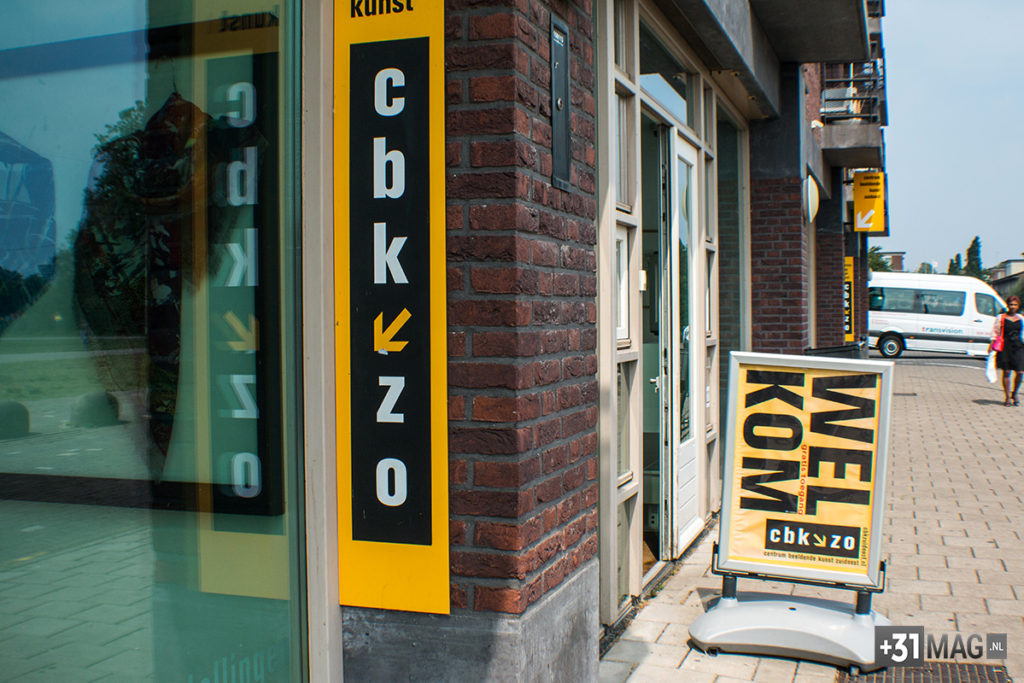The Centrum voor Beeldende Kunst Zuidoost works on crossed cultures through a program of exhibitions and educational workshops. Former directly linked to the Amsterdam municipality, CBK Zuidoost has turned into an independent art center in 2018. An important change for this exhibition space, which whishes to keep its peculiarity. The interest in social issues, the strong link with Amsterdam’s most multicultural neighborhood, the opening to non-western artists make it a unique artistic reality in the capital. Founded to be a library/artothek specialized in art, CBK has expanded over the years and today hosts a program of collective exhibits that focus on social and political issues. The first exhibition of 2017 was a meditation on war, and artists had been invited to present works inspired by war conflicts in a global perspective. One of the strengths of CBK is to make no difference between Western art and non-Western art: the selection is based on the quality of the artistic work, not on nationality. A curatorial policy which reflects the Bijlmer district, where more than 100 different nationalities live. The local population influences CBK’s vision, which works on educational and participatory projects to bring art out of the elitist gallery’s boundaries and make it accessible to everyone. In order to invite the residents to explore the works of art, CBK promotes community-based projects, in which the different cultures and backgrounds of the inhabitants of Bijlmer are valued. The aim is to make the district the true protagonist of the art.Artists are also invited to work between the hives of apartments built between the ’60s and’ 70s: with the BijlmerAIR project, CBK organises 3-month residences where international artists work at a project directly linked to the neighborhood . The works in the public space are also promoted by CBK. The statue of Anton de Kom, a writer and political activist from Suriname, for instance, and the work A paper monument for the paperless by Dominique Himmelsbach de Vries, telling the story of undocumented refugees.


